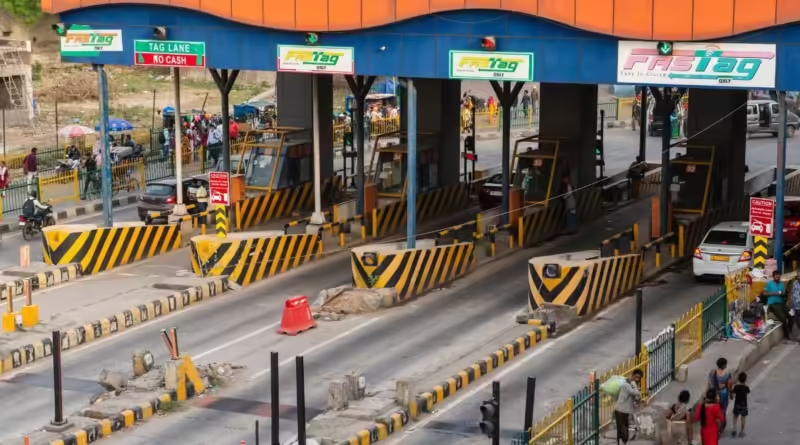Toll Collection via Satellite: How GNSS System Outperforms FASTag and Its Benefits to Users
The Ministry of Road Transport and Highways has decided to launch the Global Navigation Satellite System (GNSS). For this, a notification has been issued to amend the National Highway Fee Rules, 2008. Under this, toll tax will soon be collected via GPS across the country.
With the introduction of the GNSS system, the process of paying and collecting toll taxes will become much easier for both drivers and the government. Drivers will no longer need to stop at toll plazas to pay manually or via Fastag.
Thus, in today’s ‘Kamna Samachar’, we will discuss what GNSS is, and you will also learn:
- How will this system work?
- What benefits will it bring to drivers?
Expert: Tutu Dhawan, Auto Expert (New Delhi)
Question: What is GNSS?
Answer: GNSS is a satellite-based unit that will be installed in vehicles. So far, toll taxes have been paid manually or via Fastag at toll booths, which often causes drivers to wait in long queues at toll plazas. However, with the GNSS system in place, drivers will no longer need to stop for tolls. Your toll tax will automatically be deducted via satellite, saving time for drivers. A dedicated GNSS lane will now be created at toll plazas.
Question: How does the GNSS toll system work?
Answer: To implement the GNSS system, an On-Board Unit (OBU) or tracking device will be installed in vehicles. Like Fastag, OBUs will be available on government portals. Taxes will be collected based on the distance covered daily by the vehicle. A key feature is that private car owners equipped with GNSS can travel up to 20 kilometers daily on national highways or expressways toll-free. No toll tax will be charged for this distance. From the 21st kilometer onward, toll charges will apply. Payments under the GNSS system will be made similarly to Fastag, directly linked to your bank account.
Question: What is the difference between Fastag and GNSS?
Answer: Both Fastag and GNSS systems assist in paying toll taxes, but there are some key differences between them.
Question: Has the GNSS system been implemented nationwide?
Answer: The GNSS system was tested as a pilot project on National Highway 275’s Bengaluru-Mysore section in Karnataka and National Highway 709’s Panipat-Hisar section in Haryana. Currently, there are no dedicated GNSS lanes in the country. Once all vehicles are equipped with GNSS units and all lanes are GNSS-enabled, toll booths will be removed from roads.
Question: Will Fastag be discontinued?
Answer: No, for now, toll taxes will continue to be collected in a hybrid mode using Fastag and cash. Initially, dedicated GNSS lanes will be created at toll plazas so that vehicles equipped with the GNSS system can pass without stopping. Gradually, more lanes will be added under this system.
Question: Are there any disadvantages to the GNSS toll system?
Answer: Auto expert Tutu Dhawan explains that the GNSS system is entirely satellite-based, which may lead to certain issues, such as:
- Signal problems if the car is inside a tunnel.
- Network issues during bad weather conditions like rain or fog.
- GNSS tracks vehicle movement, which may raise privacy concerns for drivers.
Question: What impact could GNSS have on toll revenue?
Answer: Currently, the National Highway Authority of India (NHAI) collects approximately ₹40,000 crore annually in toll revenue. It is estimated that after GNSS is fully implemented, this could rise to ₹1.4 trillion in the next two to three years.
NHAI aims to integrate this system with the existing Fastag setup using a hybrid model, where both Radio Frequency Identification and the Global Navigation Satellite System will be implemented. There will be GNSS lanes at toll plazas so that vehicles equipped with GNSS can pass through without stopping.




